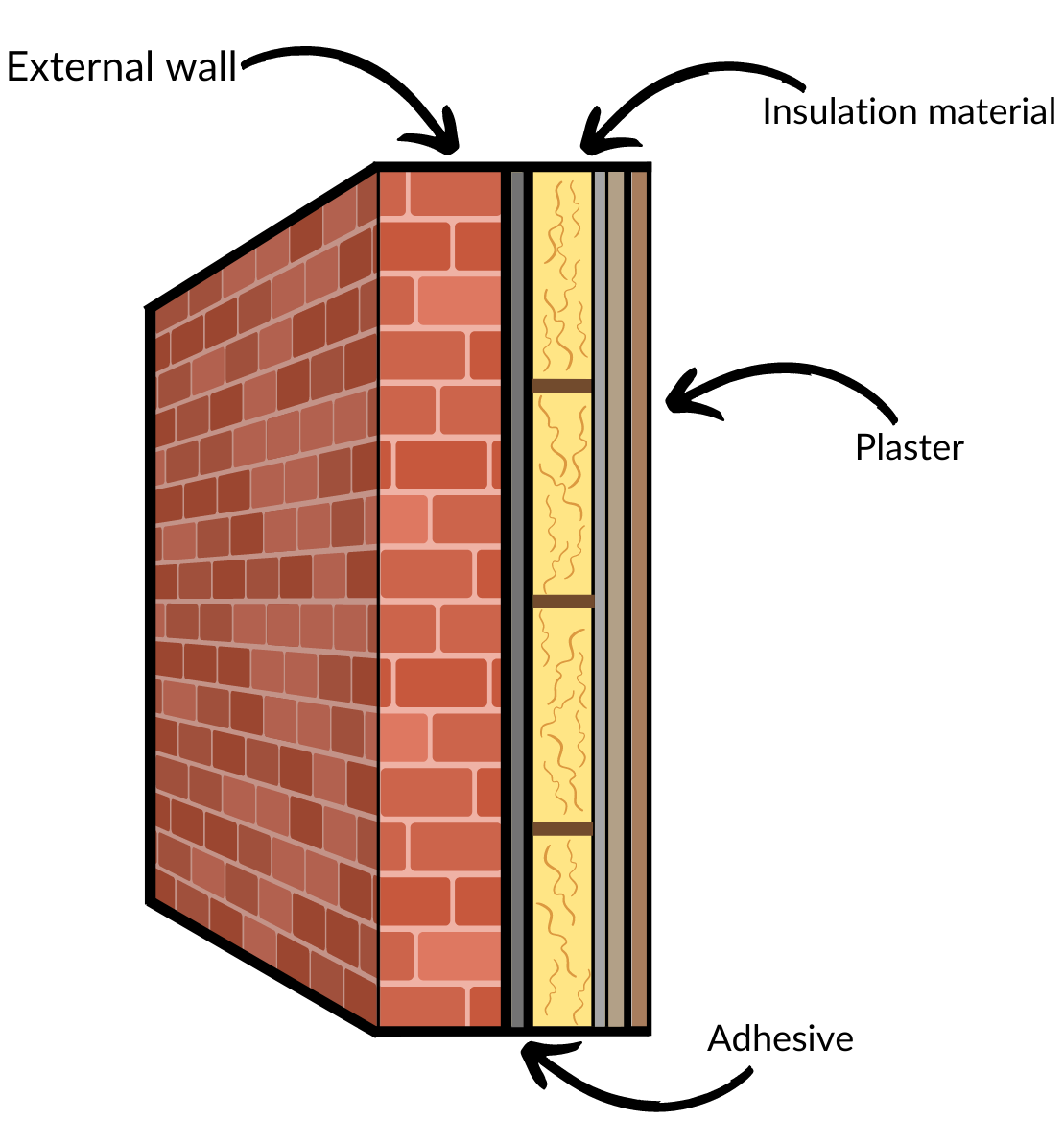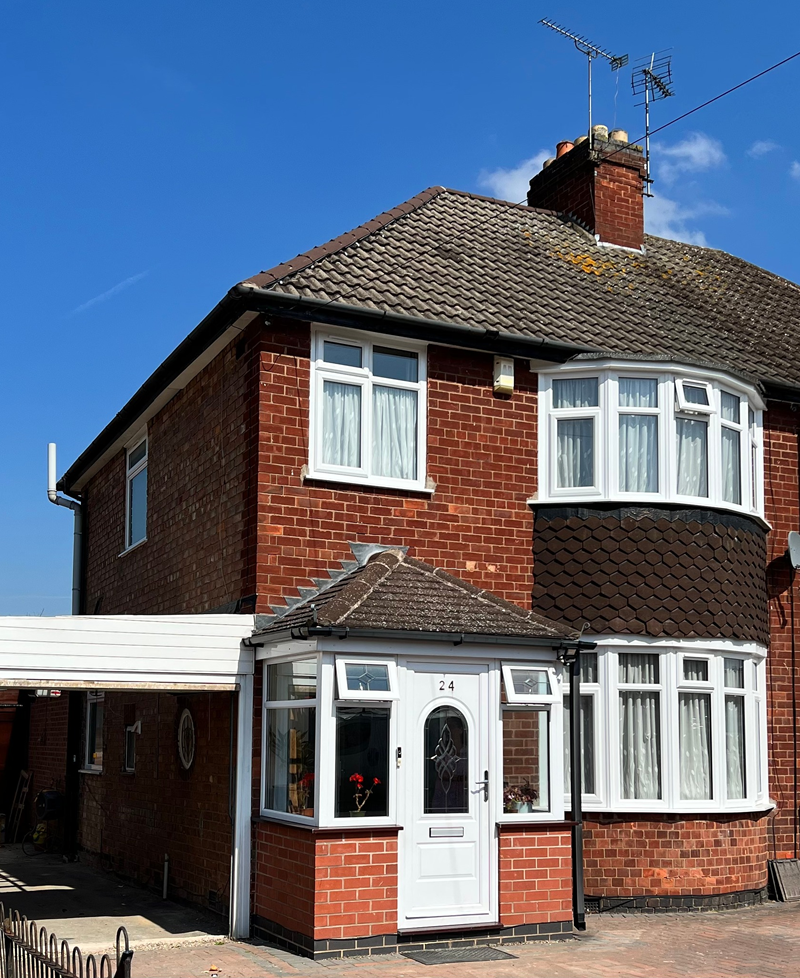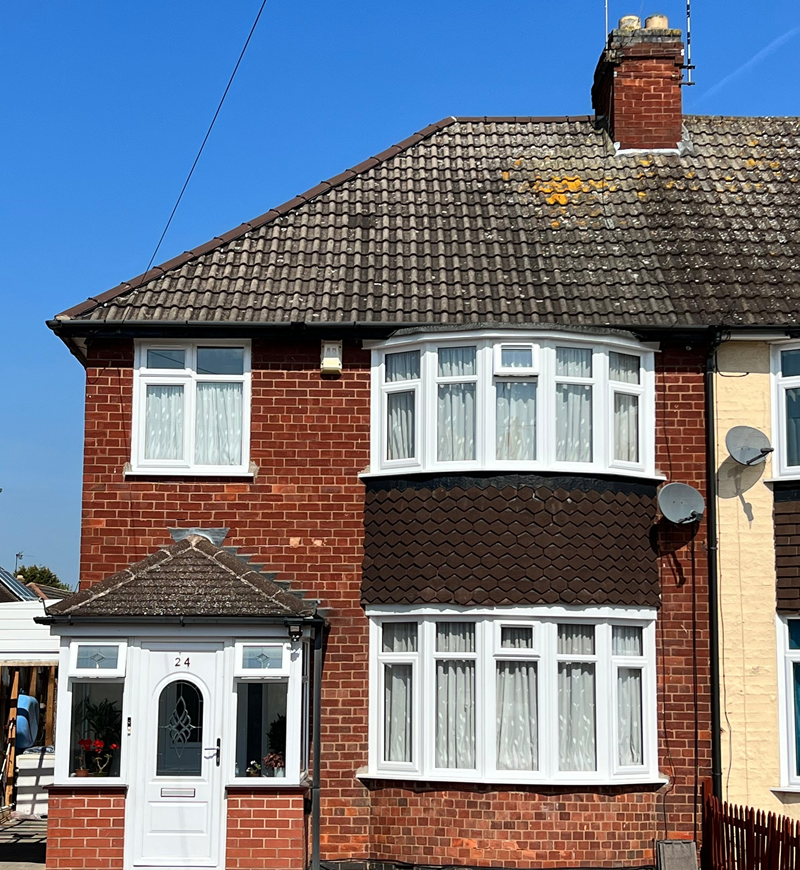External Wall Insulation

EXTERNAL SOLID WALL INSULATION
Installing External Wall Insulation can save up to £475 per year on fuel bills and prevent 1.8 tonnes of harmful Carbon Dioxide emissions being produced, in addition to improving the appearance of your home.
Grants are available to help fully/partly cover the cost of External Wall Insulation, apply now to find out if you’re eligible.
WHAT IS EXTERNAL WALL INSULATION?
Most properties built before 1930’s were made with solid walls, meaning they didn’t have internal cavities that could be filled with insulating materials. This leaves solid wall properties with the only option of external insulation to improve the energy efficiency. The aim? To reduce the movement of heat leaving through the walls, dramatically reducing the heating demand.
Heating costs are on the rise in the UK and it’s becoming an increasing challenge for residents to keep their house warm without breaking the bank. UK properties lead the way in being the ‘leakiest’ for heat across Europe and External Wall Insulation is a very effective way to keep your bills in check, reduce your heat loss and minimise your carbon footprint. It’s a win-win for households and the environment.
DID YOU KNOW?
Heat passes through solid material at a faster speed than through a gap or 'cavity' – In fact, an estimated 45% of your home's heat could be lost through solid walls.















